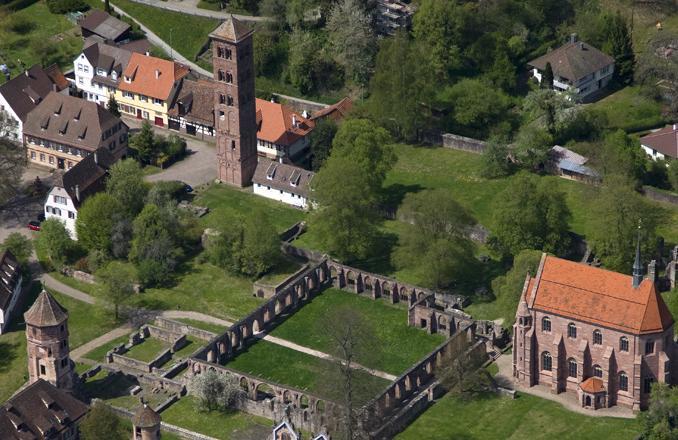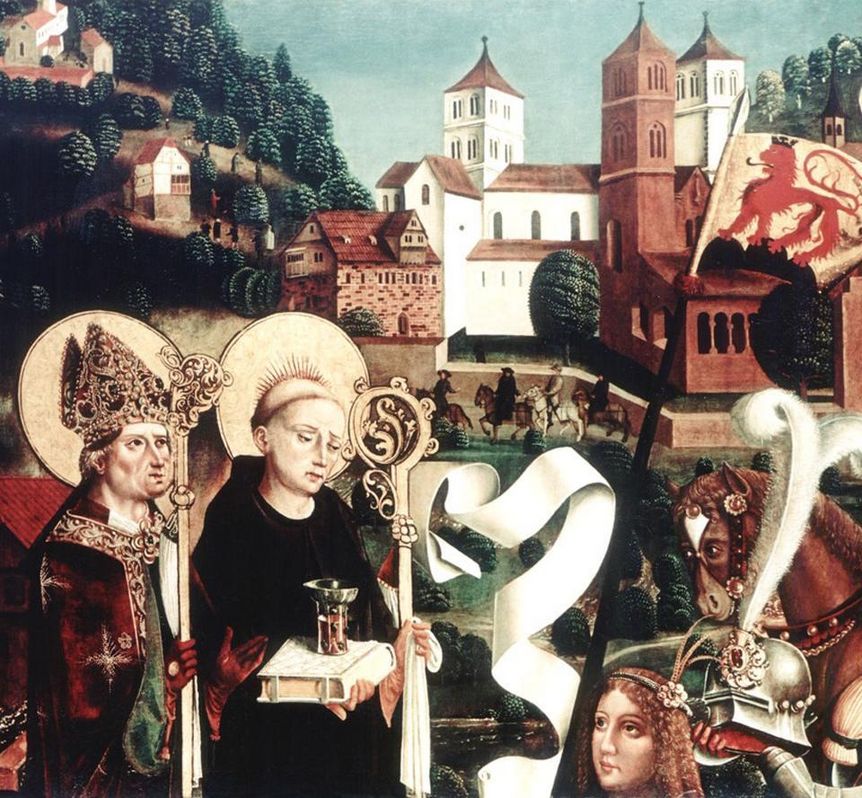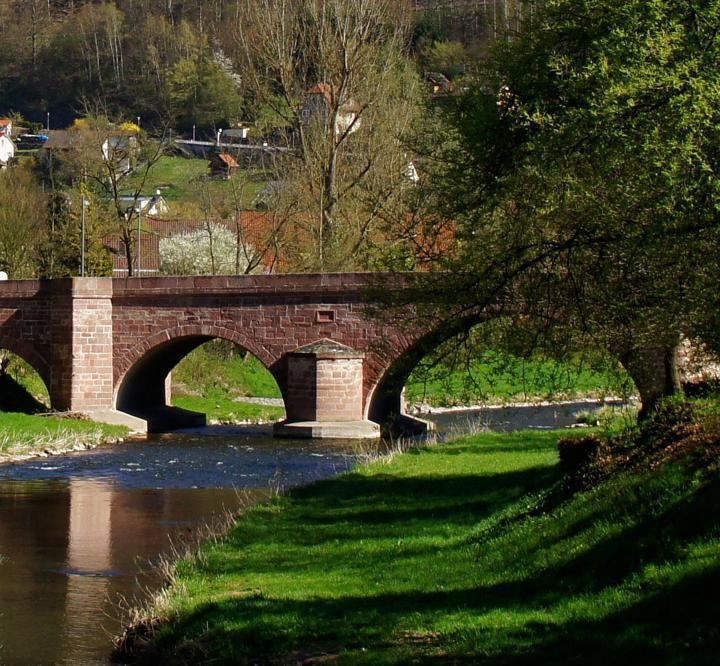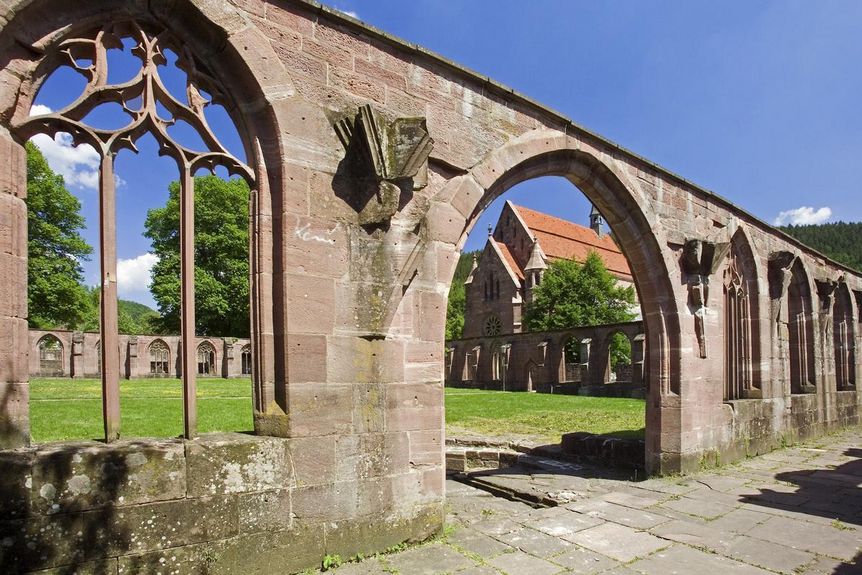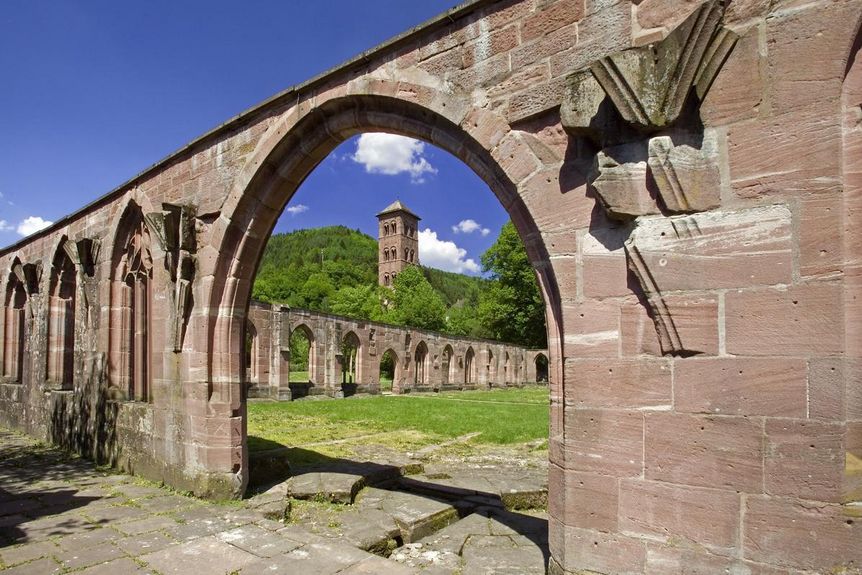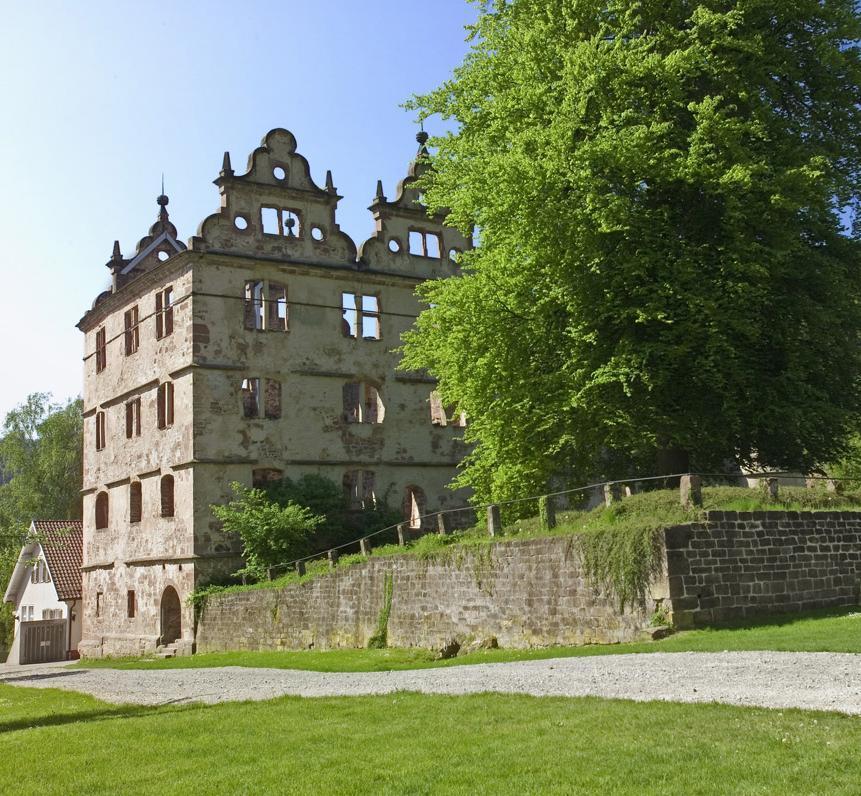A BLACK FOREST SETTING STEEPED IN HISTORYTHE MONASTERY
One of the most famous Benedictine monasteries of the 11th century: Hirsau's religious and political importance during the Middle Ages was great and was reflected in its architecture. These ruins represent historically significant architecture from the Romanesque, Gothic and Renaissance periods, and are still worth visiting today.



